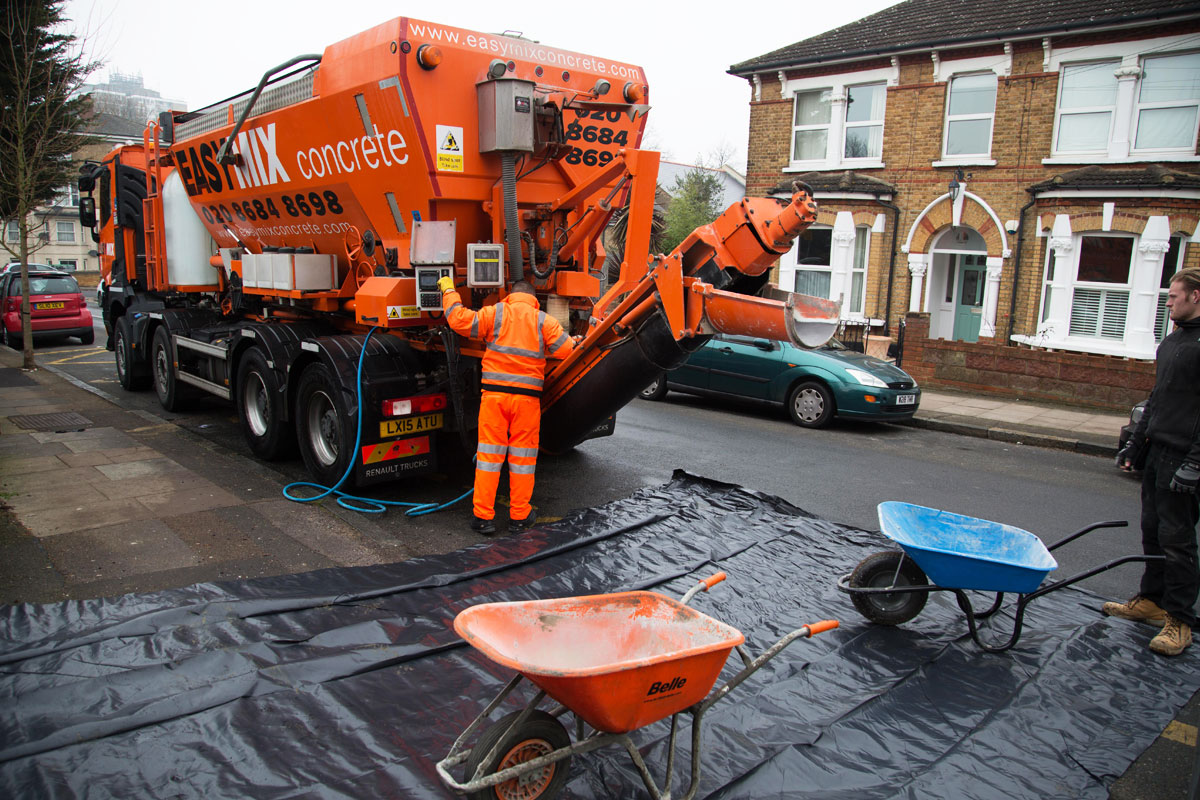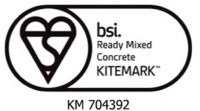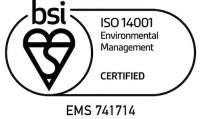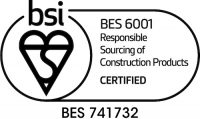For millions of properties, driveways are an integral part of the front of the house, but they go somewhat unappreciated. Driveways are used primarily as a place to store vehicles and, as such, their appearance is often covered – the cumulative effect of this storage is a degree of wear and tear.
You might feel that your driveway is looking a little tired – it might be tarnished by tyre marks and spillages from vehicles, or it may simply look dated – whatever your reason, if you decide a new driveway is needed and you fancy the DIY route, you’ll need to know how to build one.
There are several materials that you need to make a strong, attractive and durable driveway, and the team at EasyMix are going to run through what they are and how they need to be used for maximum effect.
Gravel
Gravel is a popular choice for driveways for a number of reasons. Firstly, it provides a different finish to the widely-used concrete driveway, providing more of a statement – they are often brighter and more noticeable than other surfaces, which can help with the appearance and kerb appeal of your property. Secondly, gravel driveways are quicker to install than other surfaces.
Gravel won’t require as much maintenance as other surfaces, either, so it’s very unlikely to get marked or damaged – a few stones may get displaced and some weed control might be necessary, but these are minor issues that can be easily combated.
Concrete
A very popular surface for driveways, and with good reason. The hard-wearing, long-lasting and versatile appearance means that concrete drives work with properties of all types, from modern designs to traditional architecture. The pouring process of laying a concrete drive means that it can be laid in certain patterns, suiting your design preferences and complementing the aesthetic of the front of your property.
Certain styles, like concrete block paving, are easy to replace in the event of cracking or damage, so you needn’t replace the entire driveway if you notice an issue with part of the surface. With a lifespan of up to more than 40 years, concrete can last well beyond your time in the property.

Tarmac/Asphalt
Another very popular material, tarmac is used for car parks, roads and pavements around the world, but it can also be applied for domestic purposes. However, tarmac suffers from its lack of porosity – water often pools on the surface. Furthermore, there’s little you can do to customise the appearance of tarmac, and the aesthetic it provides is less attractive than that of concrete and gravel. With a lifespan of 20 years, it lasts for a long time, but concrete outlasts it by some distance.
Whatever material you opt for when building a new driveway, transporting the new and old materials to and from your site needs to be a slick operation. EasyMix offer a grab hire service that allows for the collection and delivery of large quantities of materials without the need for numerous wheelbarrow trips or repeated heavy lifting. With a mounted hydraulic arm, these lorries can deposit and collect large loads easily, saving time and ensuring your old material is taken and new aggregates are dropped off efficiently.
For more information about our services, please get in touch with us today and we’ll be happy to help.



